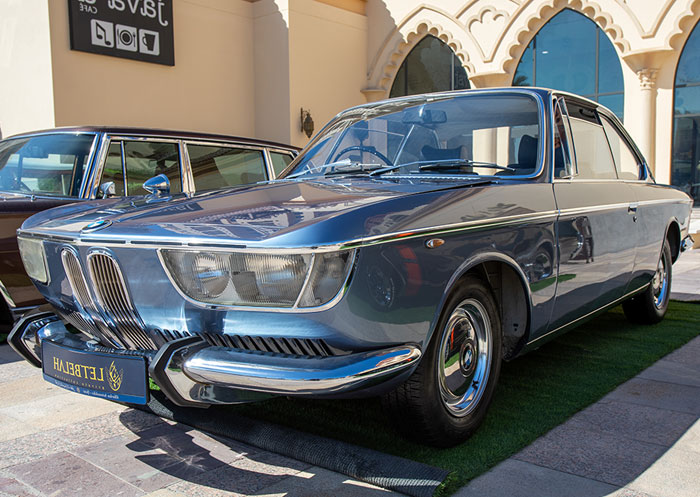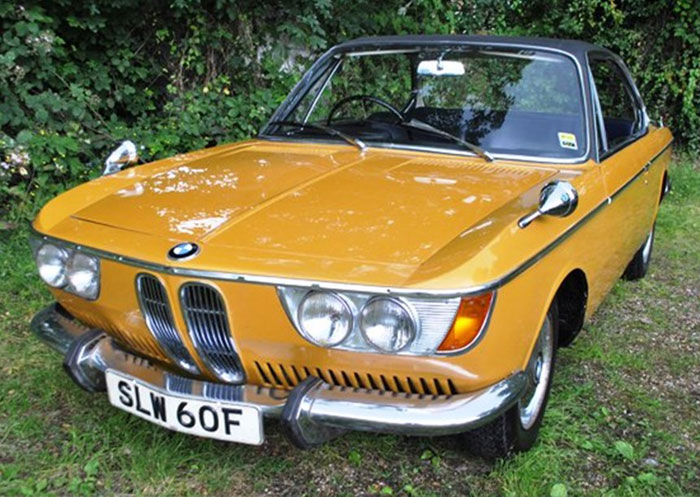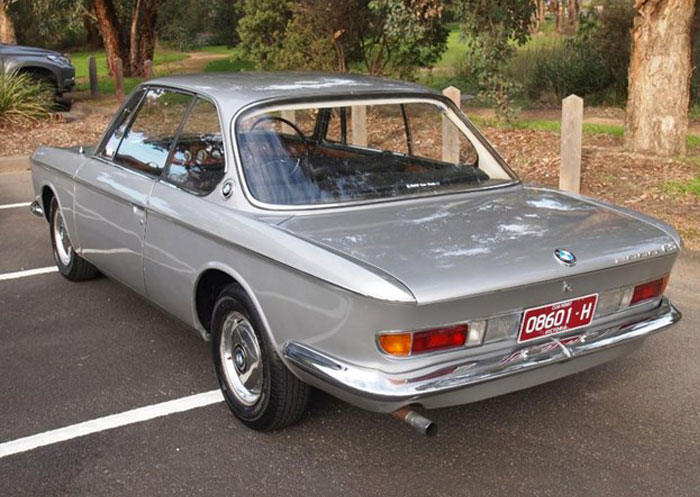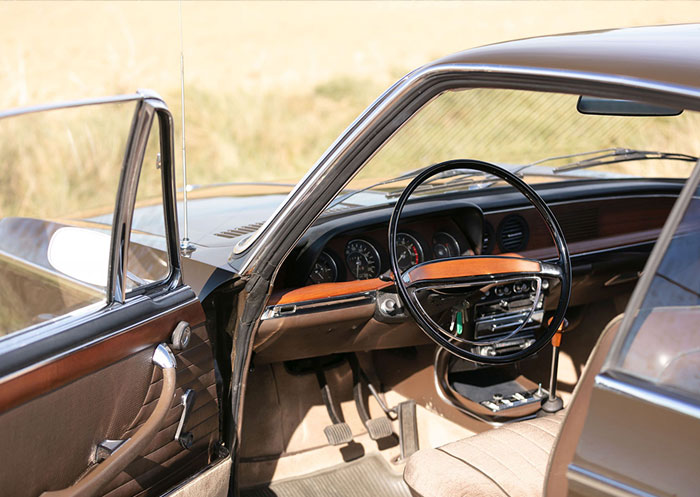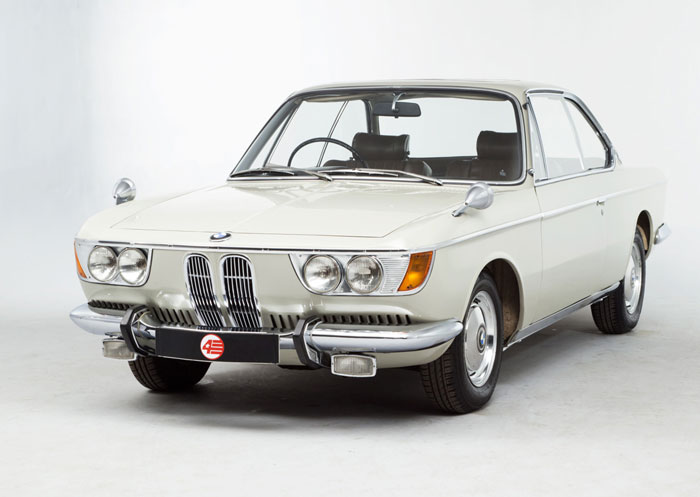
Join us and be an active member and benefit from our services
BMW 2000CS
The BMW New Class (German: Neue Klasse) was a line of sedans and coupes produced by German automaker BMW between 1962 and 1977. These models ensured BMW's solvency after the company's financial crisis of the 1950s and established the identity of BMW automobiles as sports sedans.
The first New Class vehicle was the 1500, a 4-door compact executive car with the new M10 (at the time called M115) OHC 4-cylinder engine. In 1965, the 2000C and 2000CS luxury coupés were added to the range.
Replacement of the New Class models began with the larger 2000C and 2000CS coupés, which were replaced by the 6-cylinder E9 2800CS in 1969. In 1972, the 4-door sedans were replaced by the larger E12 5 Series.
The New Class coupes introduced the Hofmeister kink, which has been used on most BMW cars since. Another legacy of the New Class is the iconic 02 Series, which are a shortened version of the New Class sedans.
During the 1950s, the BMW line-up consisted of luxury cars with displacements of two litres or greater, economy cars powered by motorcycle engines, and motorcycles. With their luxury cars becoming increasingly outdated and unprofitable and their motorcycles and economy cars becoming less attractive to an increasingly affluent society, BMW needed a car in the 1.5 to 2 litre class to become competitive. Prototypes powered by a 1.6 L engine based on one bank of the BMW OHV V8 engine were built and evaluated without a convincing result.
In 1960, Herbert and Harald Quandt invested heavily in BMW, and gained a controlling interest in the company.: 134 That year, the "Neue Klasse" project was begun. Led overall by Fritz Fiedler, the project had Eberhard Wolff in charge of chassis design, Wilhelm Hofmeister in charge of styling and body engineering, and Alex von Falkenhausen in charge of engine design.: 136 The team was to produce a new car with a new engine, which BMW had not done since the 303 in 1933.
The three-box four-door saloon was in many ways conventional, using a unitary structure and MacPherson strut front suspension which were becoming mainstream by the time of the 1500s introduction. Less conventional was the independent rear suspension, which featured coil springs and semi-trailing wishbones pivoted from a stout cross beam that also supported the differential housing. While BMW was using MacPherson struts for their first time on the New Class, they had used unit body construction on the 700 and semi-trailing arm rear suspension on the 600 and the 700.[1]: 137 : 62 All New Class cars had front disc brakes.
The M10 overhead camshaft engine used in the New Class was required to displace 1.5 L initially, with the possibility to be expanded to 1.8 L. Von Falkenhausen had earlier designed an engine prototype for possible use in the BMW 700 and used this as a starting point for the M10.[1]: 136 [2]: 62 The engine was canted over at 30 degrees to the right of vertical in order to allow for the low bonnet line, which also contributed to the styling of the car.
| # | BMW | 2000CS |
|---|---|---|
| 1 | Produced | 1962–1977 |
| 2 | Engine | 1.5-2.0 L M10 4-cyl |
| 3 | Assembly | Germany: Munich |
| 5 | Body Style | 4-door sedan |
| 6 | Body Layout | FR layout |
| 7 | Transmission | 4-speed automatic |

